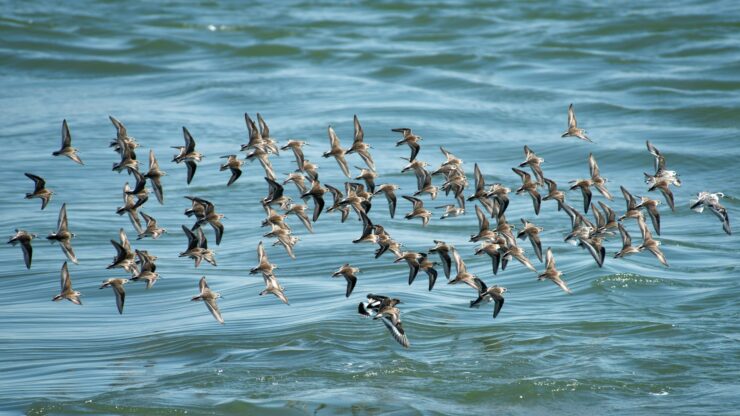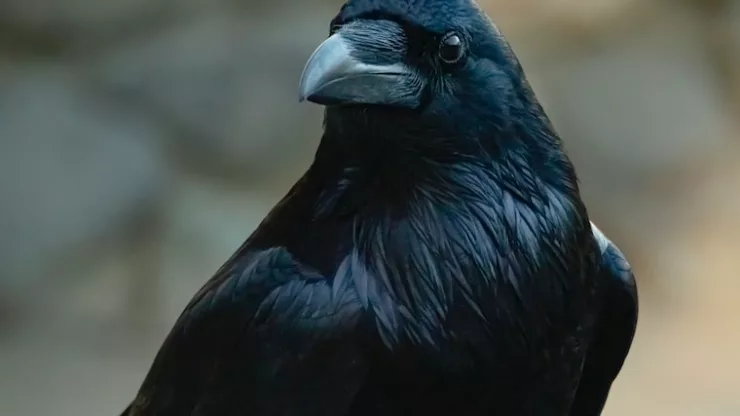Urbanization has changed the landscape of the world, creating concrete jungles and towering skyscrapers.
As the human population continues to grow, more habitats are destroyed, and more buildings are built.
This has a significant impact on the environment, including the migration patterns of birds.
In this article, we will discuss how urbanization affects bird migration patterns, how birds adapt to urban landscapes, and what we can do to conserve urban bird populations.
Jump to Section
Urbanization and Bird Migration
Birds are known for their impressive migration patterns, traveling thousands of kilometers every year to breed, feed, and nest.
However, as cities grow and expand, so does the urban footprint.
This results in a loss of natural habitats, making it difficult for birds to navigate and find food and shelter along their migration routes.
How Urbanization Affects Migration
Urbanization affects bird migration in several ways, including:
- Loss of natural habitats: As cities expand, forests, wetlands, and other natural habitats are lost, making it difficult for birds to find shelter and food.
- Light pollution: Artificial lights from buildings and streetlights can disorient birds, causing them to fly off course or collide with buildings.
- Noise pollution: Urban areas are often noisy, which can mask bird calls and disrupt their communication and navigation.
- Pollution: Air and water pollution can harm birds and their habitats, making it difficult for them to survive and migrate.
Adapting to Urban Landscapes
Despite the challenges, some bird species have adapted to urban landscapes.
For example, pigeons and sparrows are common in cities worldwide, and some raptors, such as peregrine falcons, have adapted to nesting on skyscrapers.
However, not all bird species can adapt to urban environments, and those that do often face new threats, such as predation by cats and collisions with buildings.
Hope for Urban Bird Conservation
Conserving urban bird populations is essential for maintaining biodiversity and ecosystem function in cities. Some ways to conserve urban birds include:
- Creating green spaces: Planting trees, shrubs, and other vegetation in cities can provide habitats and food sources for birds.
- Reducing light pollution: Turning off unnecessary lights and using bird-friendly lighting can reduce the negative effects of light pollution on birds.
- Managing cats: Encouraging responsible pet ownership and keeping cats indoors can reduce predation on birds.
- Building bird-friendly structures: Incorporating bird-friendly designs into buildings, such as window films and bird-friendly glass, can reduce bird collisions.
FAQ
What is bird migration?
Bird migration is the regular seasonal movement of birds between their breeding grounds and their wintering grounds.
Some birds travel thousands of kilometers every year to breed, feed, and nest.
How does urbanization affect bird migration?
Urbanization affects bird migration by destroying natural habitats, causing light and noise pollution, and creating pollution that can harm birds and their habitats.
What can be done to conserve urban bird populations?
Conserving urban bird populations can be achieved by creating green spaces, reducing light pollution, managing cats, and building bird-friendly structures.
I’m a nature enthusiast and creator of Metro Wilds and have spent years exploring the great outdoors.
With a passion for environmental conservation and sustainability, I have dedicated my career to writing about the beauty and wonders of nature, as well as the threats facing our planet.
Contact me at [email protected] for assistance.





